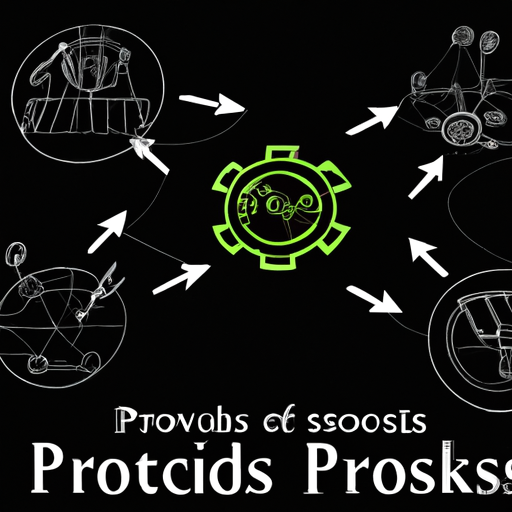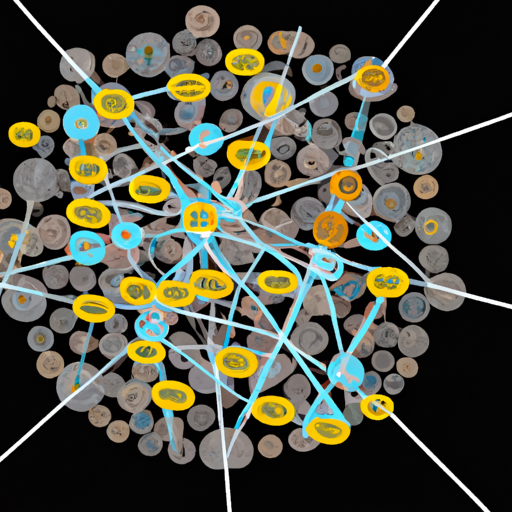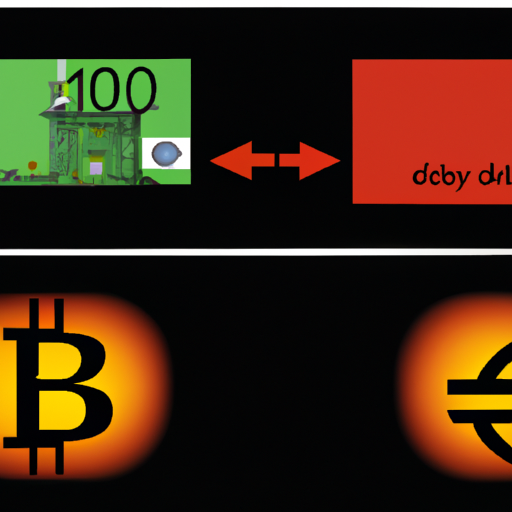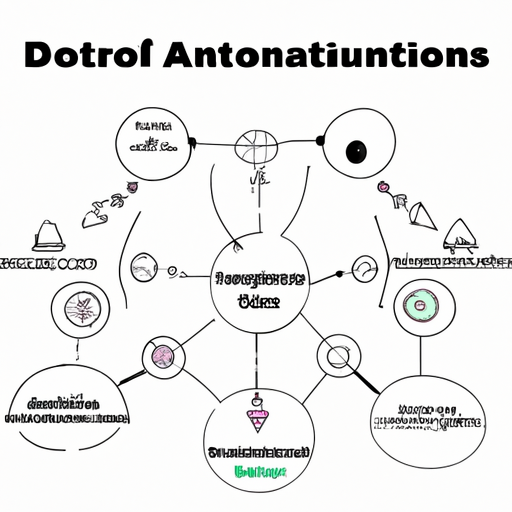
Unveiling the Mechanics of Proof-of-Work and Proof-of-Stake: Unearthing Blockchain Consensus Mechanisms
By: Isha Das
In the expansive world of blockchain, consensus mechanisms have an essential role. These techniques ensure the reliability and security of the decentralized network. Among the many consensus mechanisms, the most popular are Proof-of-Work (PoW) and Proof-of-Stake (PoS). They contribute to maintaining the integrity of the blockchain network significantly.
Proof-of-Work: The PoW mechanism lies at the heart of several cryptocurrencies, including Bitcoin and Ethereum. It involves solving complex cryptographic problems to add a new block to the blockchain. Miners must use significant computational power, making it highly secure but also energy-intensive.
Proof-of-Stake: PoS is a more energy-efficient alternative to PoW, found in cryptocurrencies like Cardano and Polkadot. Rather than utilizing computational power, this mechanism is based on the number of coins a person holds and is willing to 'stake' for the chance to add a block to the chain. With PoS, the more you stake, the higher your chances of being selected to validate blocks.
Comparing PoW and PoS: While both methods ensure security and Integrity, they have their pros and cons. PoW provides robust security but is criticized for its high energy consumption. On the other hand, PoS offers a greener solution but faces criticism for potentially promoting coin concentration to a few wealthy stakeholders.



